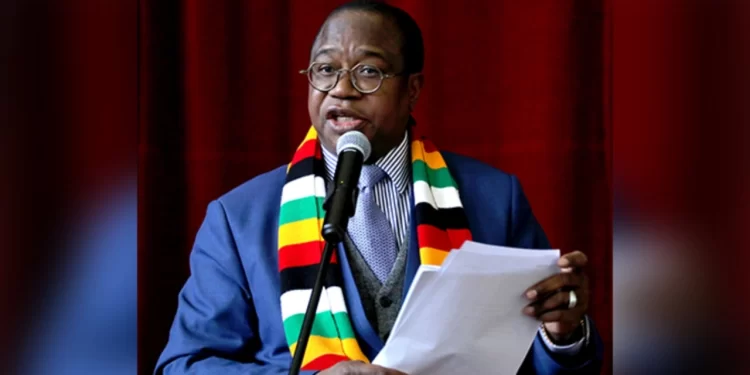Zimbabwe has taken a big step in resolving long-standing issues related to its controversial land reform programme. The government has paid US$3.1 million to former white farmers for improvements made to land that was taken during the reform.
This payment marks an important milestone in the country’s ongoing efforts to mend relations and encourage investment, both locally and internationally.
The compensation is part of an agreement made in 2020 under the Global Compensation Deed (GCD). So far, the payment has been made to 378 farms out of the 740 farms approved for compensation.
However, this US$3.1 million is just 1% of the total amount owed, which is US$311 million for this group of farms.
Mr. Andrew J. Pascoe, a key figure in the compensation process, called the payments “momentous.” He expressed hope that this progress will foster goodwill and trust among Zimbabweans and internationally.
The rest of the compensation will be paid using US dollar-denominated Treasury bonds, which will mature over the next 2 to 10 years and carry a 2% interest rate.
This effort to compensate farmers is part of Zimbabwe’s larger plan to settle its national debt and unlock international funding for economic recovery. Finance Minister Prof. Mthuli Ncube said this compensation will help Zimbabwe access long-term investments needed for infrastructure and other projects.
Earlier in 2025, the government also paid US$20 million to compensate farm owners who had protected their properties under Bilateral Investment Promotion and Protection Agreements (BIPPAs).
The United Nations Development Programme (UNDP) has welcomed the payments, saying they are vital for rebuilding trust, promoting reconciliation, and reviving Zimbabwe’s agricultural sector. The government also hopes the payments will attract more international support for its development plans.
In the 2025 National Budget, Zimbabwe has allocated US$10 million to continue with compensation payments. The government remains committed to this process and sees it as a key part of its economic recovery strategy.







